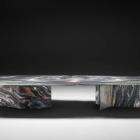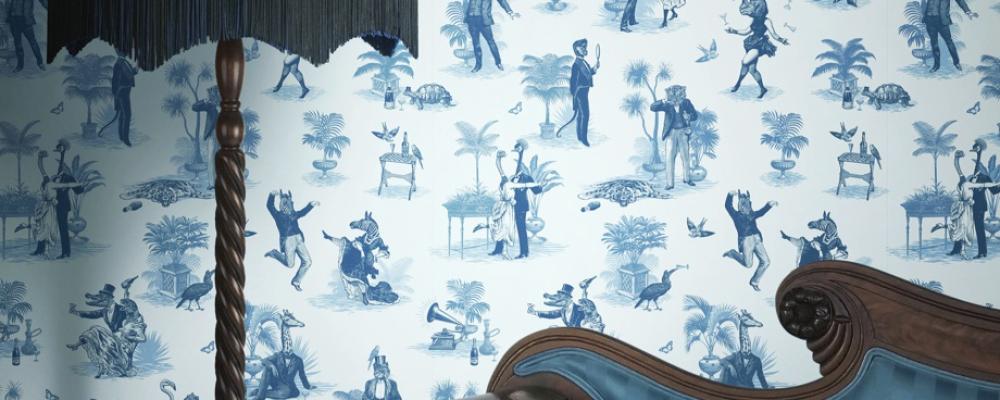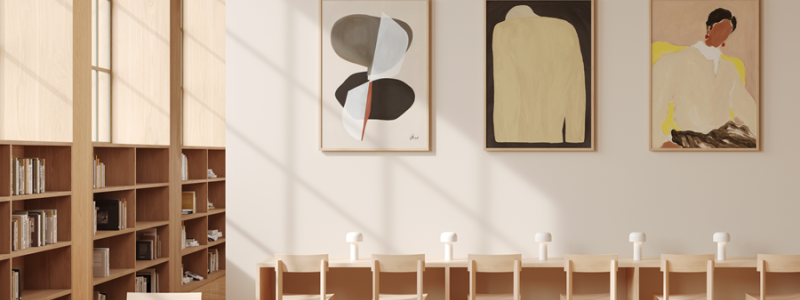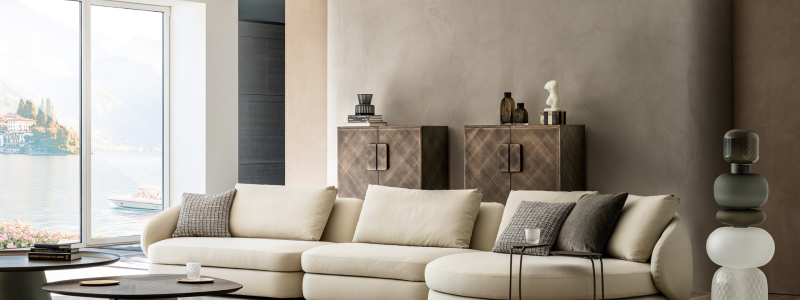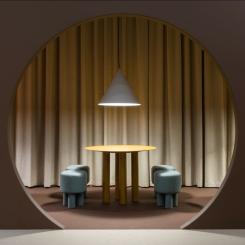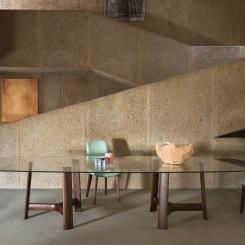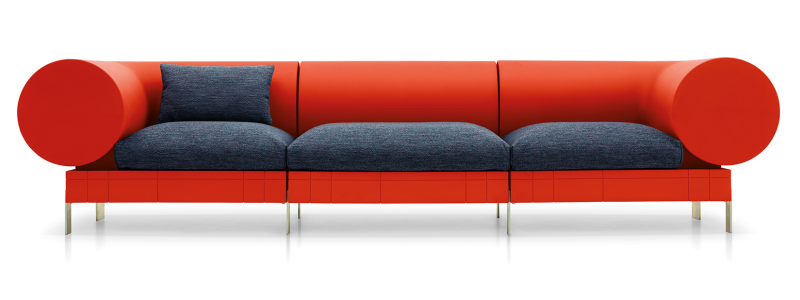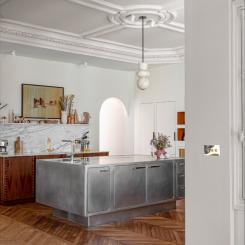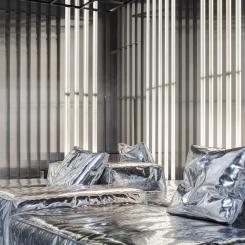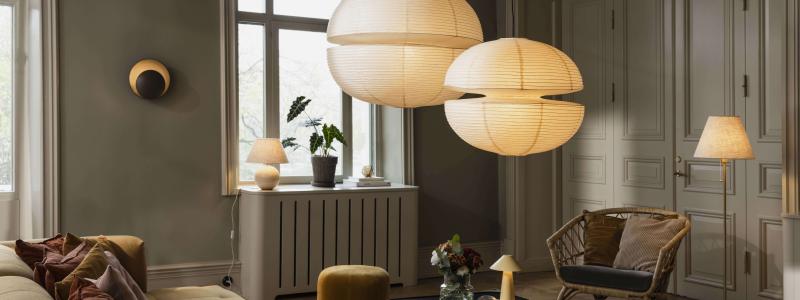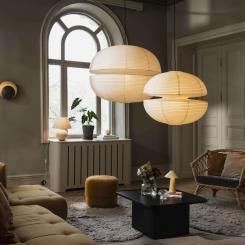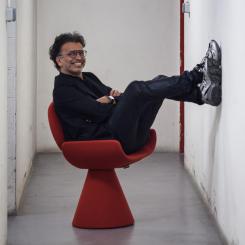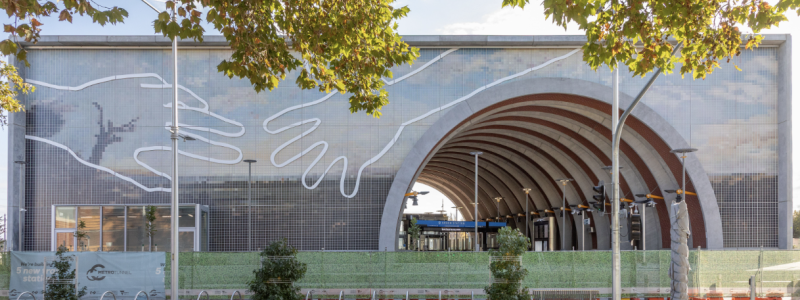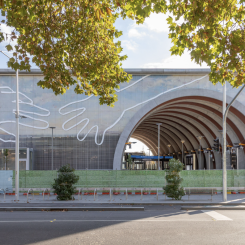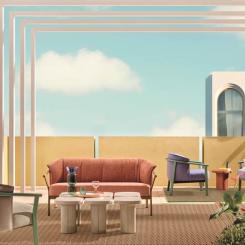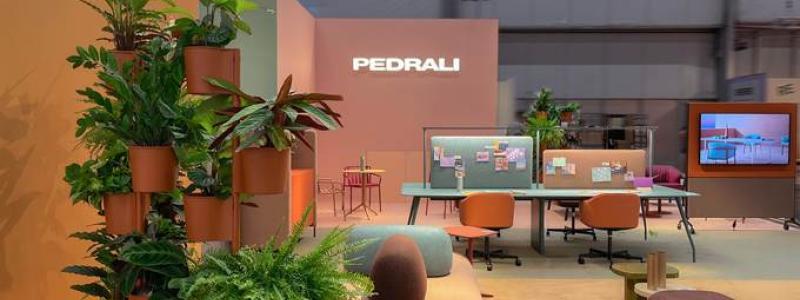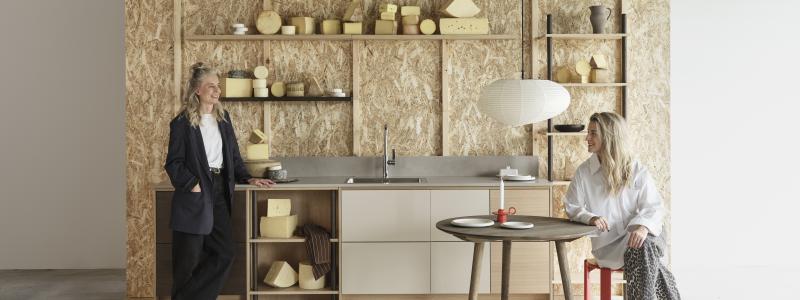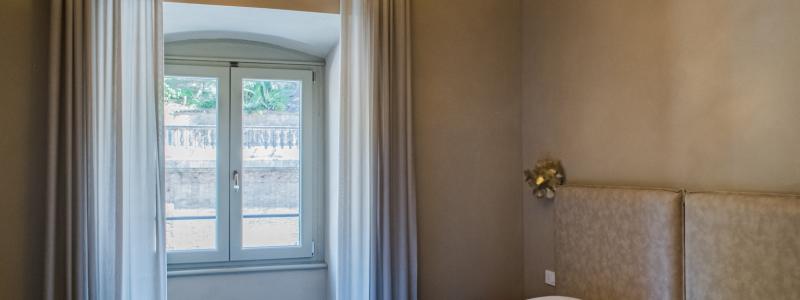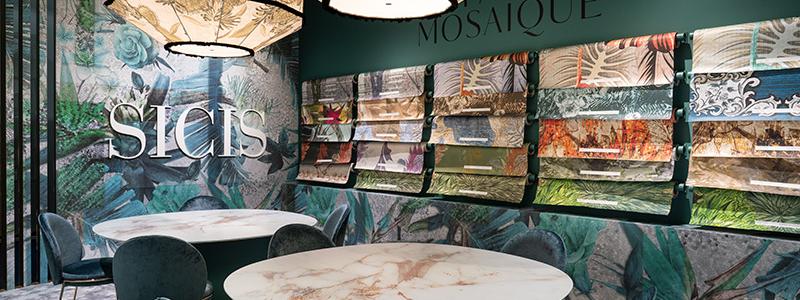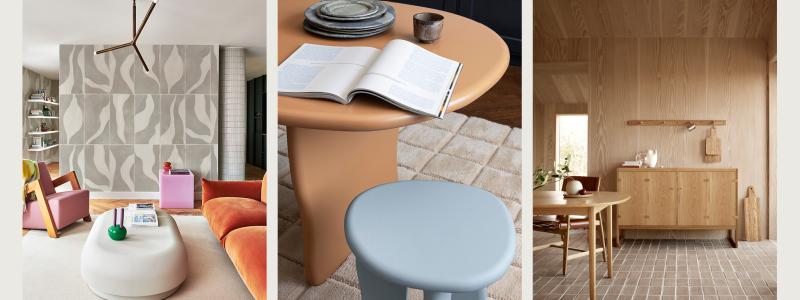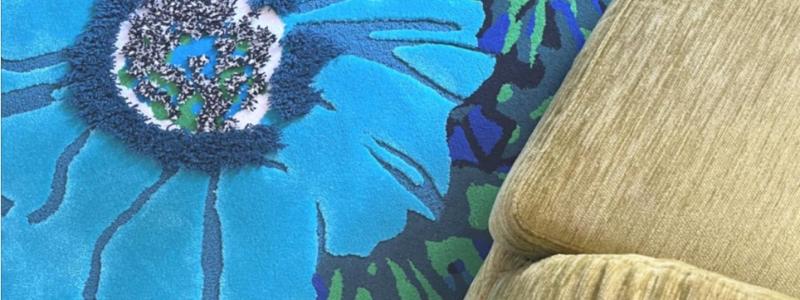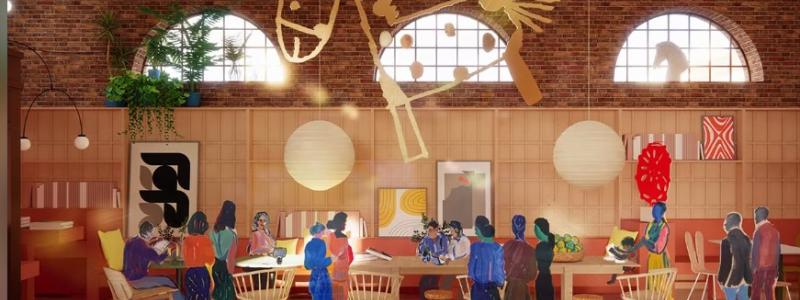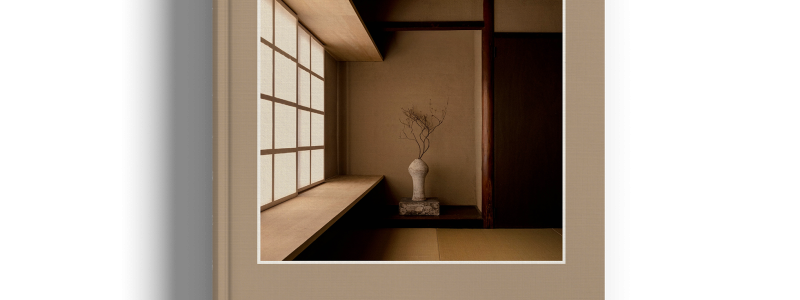Dante Bonuccelli has created the Wotu Chair, in collaboration with Lamm. The designer imagined an object made of a single, beautiful material, warm to touch, easy to mould and renewable. Wood naturally has all these characteristics, with the exception of the fact that traditional machining methods involve on the one hand high energy consumption to model the components, and on the other hand great wastage of material. For example, to create a cone-shaped leg for a solid wood chair you have to start with a square block, and it is necessary to carry out lengthy machining operations with considerable wastage of material.
The challenge was to create a light-weight chair made out of wood alone, in which the smallest possible amount of raw material is used. A new technique (patent pending), uses several layers of beech wood. These sheets, when folded over onto themselves and then glued, create “natural wooden tubes”. Like metal tubes, wooden tubes have the best ratio in terms of structural behaviour to quantity of material.
The whole chair is made from these sheets, folded over like paper, and the use of wooden sheets alone reduces waste material to a minimum. Wooden tubes have been used in the past, for example by various cultures to create musical instruments: the flute or muyu in the East, which is considered the oldest musical instrument, dating back to the Bronze Age. More recently, the first organ pipes were made of wood; Leonardo da Vinci had invented a machine to drill tree trunks and create water pipes. In the East a natural wooden tube, bamboo, is used for pipes or as a structural support for houses.
These “artificial wooden tubes” are manufactured by a company that has trees growing close to the factory in which the trunks are stripped and the tubes modelled and jointed, using internal connectors that are also made of wood. The product, made entirely of renewable materials, is manufactured in co-operation with Lamm close to the woods, so there is no intermediate transport involved: the tree goes in at one end of the factory and the chair comes out at the other end. Any waste material is burned to create electricity, and this, together with solar panels, produces approximately 90% of the power required for manufacture.





